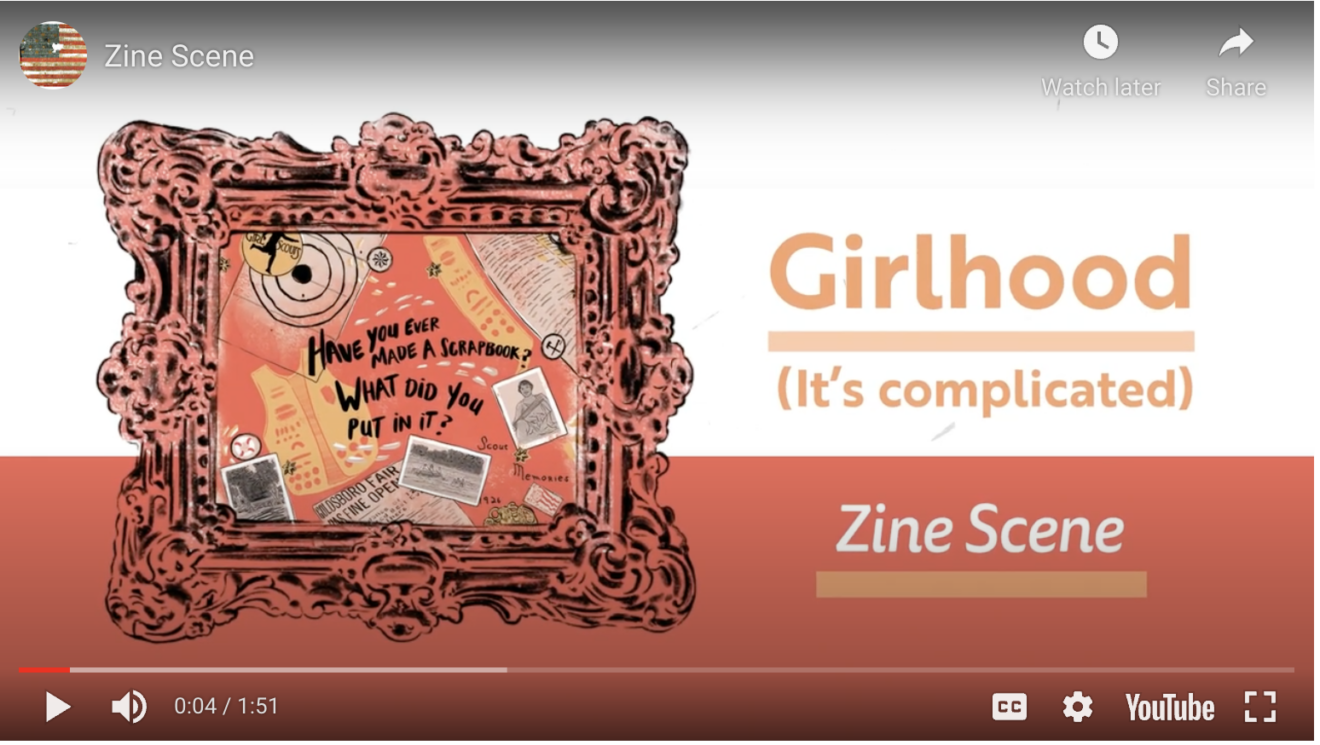The act of writing allows us to communicate thoughts and ideas across time and space. And in a learning context, writing can provide powerful boosts to reading comprehension, analytical thinking, and learning in general.
Yet, only 27% of eighth- and 12th-graders scored “proficient” or above in writing in 2011, an even lower proficiency rate than the one for reading. And since the National Assessment of Educational Progress won’t assess middle- and high-school writing again until 2030, we won’t be able to see the effects of the pandemic on students’ writing skills at the national level for years to come. But if we assume that writing scores track below reading scores, we can assume that the effects are significant, and not in a good way. We need to find new ways to improve students’ writing.
Encouraging strong writing in teens has been a challenge for educators — even in high-achieving schools — since long before the pandemic. According to The New York Times, “More than half of first-year students at Harvard failed an entrance exam in writing — in 1874.”
How students can improve writing
The first and most important step should be to engage teen writers through authentic exercises — with realistic, real-world communication goals and true-to-life audiences. This generation of teenagers is primed to share digital content that presents their point of view to their peers. And while it is true that most social media content is not always research-based, there is no reason that students can’t be both rigorous, and themselves.
As educators, our goal is to support learners as they develop thinking and communication skills. But for some students, the rigid confines of the five-paragraph essay do not excite them or feel relevant to the way ideas and content are expressed in 2022. Kiara Lee-Hart sums this up beautifully in the essay “Keisha Can’t Write”: “The subjective, intimate, contextual exercise of writing has been forced into a box many sizes too small, only to then be watered down and force-fed to students.”
But if we want to improve students’ writing and help them create thoughtful, analytical, expressive writing outside of the standard essay, we need to be more thoughtful and creative in our assignments. More than half of educators are assigning short essays and opinion pieces to students weekly. But less than 5% are assigning research-based or mixed-media writing assignments with that frequency.
E-zines blend expression, research
At the National Museum of American History, my education team has addressed this misalignment with e-zines. These provide teens with alternate means and mediums in which to express ideas and communicate experiences in a way that feels relevant to their lives.
Zines are an alternative to the standard essay. This format mirrors the countercultural “zine,” which was popularized among marginalized communities as a noncommercial, often self-published publication that usually tells a story about unconventional subject matter. Girls, people of color, and others from groups that are under-represented in the mainstream media have long used zines to share stories and create connections. Zines, made from folded paper or shared online, are easy to make and distribute. They offer a way to share fresh perspectives — and improve students’ writing.
If we want to engage students, particularly those who don’t often hear their voices or see their images in the current media landscape, we have to allow them to explore a variety of mediums that will support their growth and development as writers.
Enhancing writing with a digital e-zine
The Smithsonian Learning Lab offers a zine-making tool, called Canvas, which allows students to create their own digital zine. It includes a large collection of artifacts, images and scholarly publications to help students explore ideas and develop their narratives and points of view. Students can create interactive content with online tools and share with others at no cost.
“Zines are part of a longer history of underground publications, much like the pamphlets circulated during the French Revolution or the beginnings of fan fiction,” Mimi Thi Nguyen, a zine creator and University of Illinois associate professor, said at Smithsonian’s 2021 National Youth Summit on Gender Equity. “Zines are a labor of love that allow anyone to express their ideas and point of view and be seen by a wider audience.”
Abby Pfisterer is a museum educator and manager of civic learning for the Smithsonian Institution, National Museum of American History, which offers its new digital zine making tools at no cost. Reach out to Pfisterer at [email protected].
________________________________
If you liked this article, sign up for SmartBrief’s free email newsletter on EdTech. It’s among SmartBrief’s more than 250 industry-focused newsletters.
More from SmartBrief Education:
- 5 ways new school-home communication meets family, staff needs
- 5 virtual-classroom tools to foster authentic connections
- Changing the classroom experience with instructional audio
- Powerful social media solutions for students
- How comics curriculum boosts SEL
- 8 ways to make vocabulary instruction more effective
